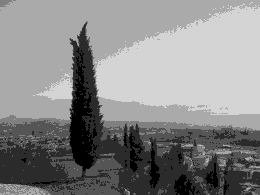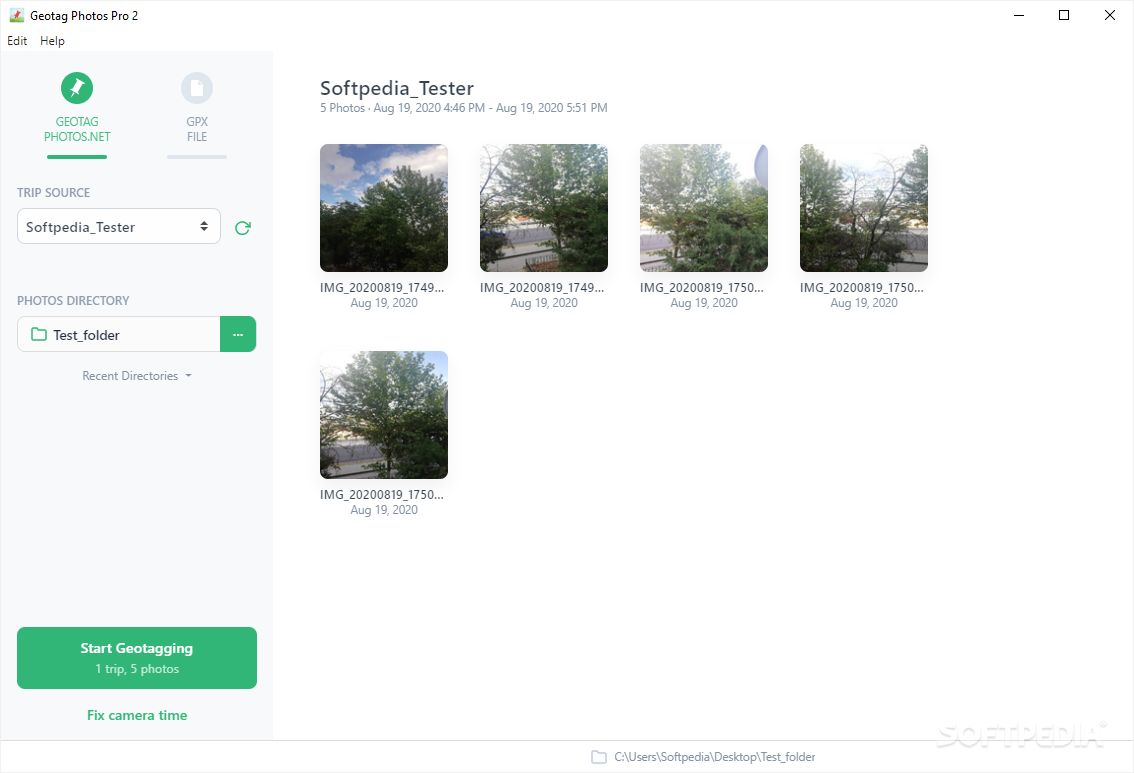

#Manually geotag photos software#
It has fairly sensitive GPS tracking, and the bundled software provides lots of location data such as points of interest. Good for: The photoGPS is best for DSLR photographers who aren’t otherwise using their hot shoe. Press the GeoHint button each time you move to a new location and the software will tag the photos when you get home. This is also a good way to capture GPS data when the photoGPS isn’t in your camera’s hot shoe-for example, when you’re using a compact camera. If the photoGPS can’t get a position for subsequent photos, it will use the manually recorded data for the photos. When you’re heading into an environment that may block a GPS reading-for example, when you go inside a building-you can use the nifty GeoHint button on the right side of the device to manually capture a reading. All of this information can be written directly to the JPEG file, or stored as an XMP sidecar file for raw files. Tele Atlas, including country, city, street, and nearby points of interest.
#Manually geotag photos download#
During the download process, the software supplements the basic coordinates with data from When you’re done shooting, you simply connect the device to your Mac, launch its software (you must be connected to the Internet), and the program syncs the location data with the pictures. A flashing green light confirms that the GPS data was captured. The device can keep track of approximately 1,000 locations. (It technically also works with compact cameras that offer hot shoes however, in my tests, the device occasionally loses the connection.) When you snap a photo, the camera triggers the photoGPS to record location coordinates. PhotoGPS, for example, is a small, black GPS device designed to slide into the hot shoe of your DSLR. If you’re near one of these tagged hotspots, then a Wi-Fi device can approximate your location.Īnother approach to geotagging is to carry around a small piece of hardware that can track your GPS coordinates. Skyhook Wireless has surveyed millions of them, logging latitude and longitude coordinates for each. There are Wi-Fi hotspots all over the world and Satellites aren’t the only way to determine your location. Pop the Eye-Fi Explore memory card into your camera and it will track your general location as you shoot. But most photographers will likely find the technology still a bit too immature for practical use. Good for: If you like being on the bleeding edge of technology and are willing to put up with some inconvenience for an all-in-one geotagging option, a GPS-enabled camera such as the Coolpix P6000 is an enticing option. Also, turning on GPS increases battery drain, so you’ll want to make sure you have an extra battery or two on hand if you’re geotagging images. The GPS doesn’t work well inside buildings, under bridges, and near other obstacles to a clear sky view. Although I only experienced a lag of a few minutes when shooting out in the open, other users have reported having to wait as long as ten minutes after turning on the GPS. For one thing, the GPS feature can take a while to warm up once you activate it. When the GPS feature is enabled, the camera determines your position via satellite and adds the location to the image’s EXIF data. Here are four affordable Mac-friendly gadgets that record the approximate location of where you’re taking a picture every time you snap the shutter. You can then sync the photos and the data when you’re back at your Mac.
#Manually geotag photos manual#
But if manual labor isn’t your thing, another is to use a tracking device that records the data while you shoot. One option is to manually apply the latitude and longitude after the photo is already on your Mac. But how do your get that geodata in your images in the first place? Geotags also give you new options for searching your library, as you can find photos based on where they were taken, rather than when they were taken.


The newest version of Apple’s photo-management software-along with online services such asįlickr-can now read this location data and place your photos on a map. Thanks to the release of iPhoto ’09, there’s been a lot of buzz around the idea of adding location data, called geotags, to your photos.


 0 kommentar(er)
0 kommentar(er)
